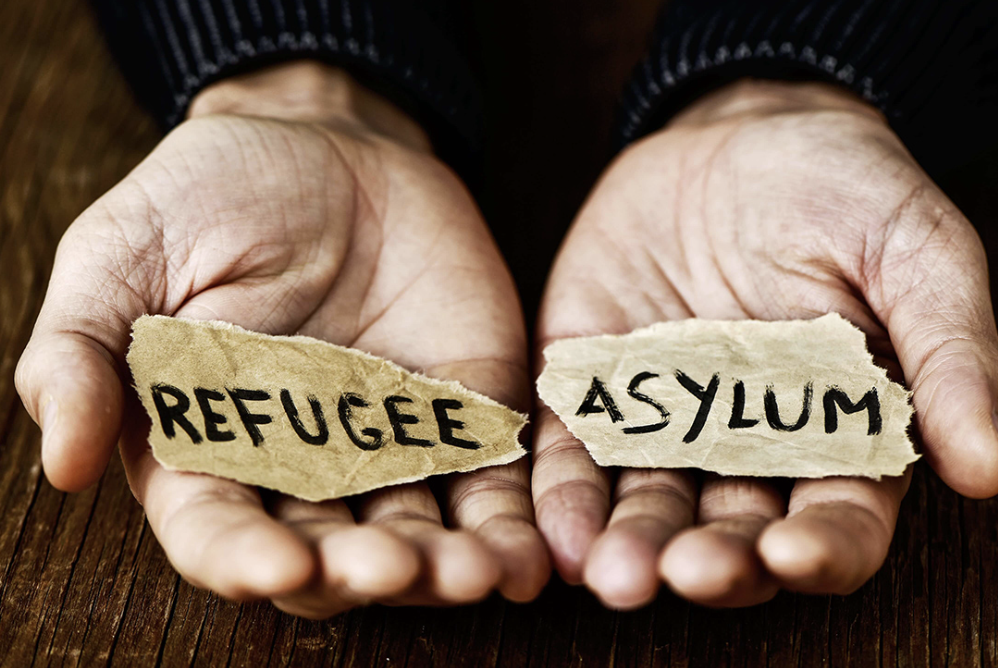Understanding Asylum Seekers and Refugees: A Journey of Hope and Resilience
A Compassionate Look at Asylum Seekers and Refugees

The global landscape of migration is a complex and often misunderstood topic, particularly when it comes to asylum seekers and refugees. These individuals embark on perilous journeys, driven by the hope for safety and a better future. Understanding their experiences, the challenges they face, and the systems in place to support them is crucial for fostering empathy and creating effective policies.

Who Are Asylum Seekers and Refugees?
1. **Asylum Seekers**:
– Asylum seekers are individuals who have fled their home countries and seek protection in another country. They must demonstrate that they have a well-founded fear of persecution based on race, religion, nationality, political opinion, or membership in a particular social group. Their request for sanctuary has not yet been processed and granted official refugee status.
2. **Refugees**:
– Refugees are people who have been forced to leave their home country due to persecution, war, or violence. They have been granted refugee status by the United Nations High Commissioner for Refugees (UNHCR) or the relevant authorities in their host country, recognizing their need for protection under international law.
The Journey of Asylum Seekers and Refugees
1. **Reasons for Fleeing**:
– Asylum seekers and refugees often escape life-threatening situations, including armed conflict, ethnic cleansing, political repression, and severe human rights violations. The decision to leave their homes is driven by the urgent need for safety.
2. **The Perilous Journey**:
– The journey to safety is fraught with dangers. Many asylum seekers and refugees travel long distances on foot, endure harsh conditions, and face the constant threat of exploitation, trafficking, and violence. Crossing borders can involve dangerous sea voyages or traversing inhospitable terrains.
3. **Seeking Asylum**:
– Upon reaching a safe country, asylum seekers must navigate complex legal systems to apply for asylum. This process involves interviews, documentation, and sometimes long waiting periods during which they live in uncertainty.

Challenges Faced by Asylum Seekers and Refugees
1. **Legal and Bureaucratic Hurdles**:
– The asylum process can be lengthy and complicated, with varying criteria and procedures in different countries. The lack of legal representation and language barriers further complicate their ability to present their case effectively.
2. **Living Conditions**:
– Many asylum seekers live in temporary shelters, refugee camps, or detention centers, often under substandard conditions. Limited access to basic necessities, healthcare, and education can exacerbate their plight.
3. **Psychological Impact**:
– The trauma of their past experiences, coupled with the stress of their current situation, can lead to severe psychological distress. Anxiety, depression, and post-traumatic stress disorder (PTSD) are common among asylum seekers and refugees.
Supporting Asylum Seekers and Refugees
1. **Humanitarian Aid**:
– Non-governmental organizations (NGOs) and international agencies provide vital services, including food, shelter, medical care, and legal assistance. Supporting these organizations can directly impact the lives of asylum seekers and refugees.
2. **Advocacy and Awareness**:
– Raising awareness about the challenges faced by asylum seekers and refugees is crucial. Advocacy efforts can lead to policy changes that protect their rights and improve their living conditions.
3. **Community Integration**:
– Fostering an inclusive community environment helps asylum seekers and refugees rebuild their lives. Language classes, job training, and social support networks can facilitate their integration and contribute to a sense of belonging.

Conclusion
Asylum seekers and refugees embody resilience and hope in the face of unimaginable adversity. Understanding their journeys and the challenges they encounter is the first step toward creating a more compassionate and just world. By supporting humanitarian efforts, advocating for fair policies, and fostering inclusive communities, we can help these individuals find safety and rebuild their lives with dignity.
